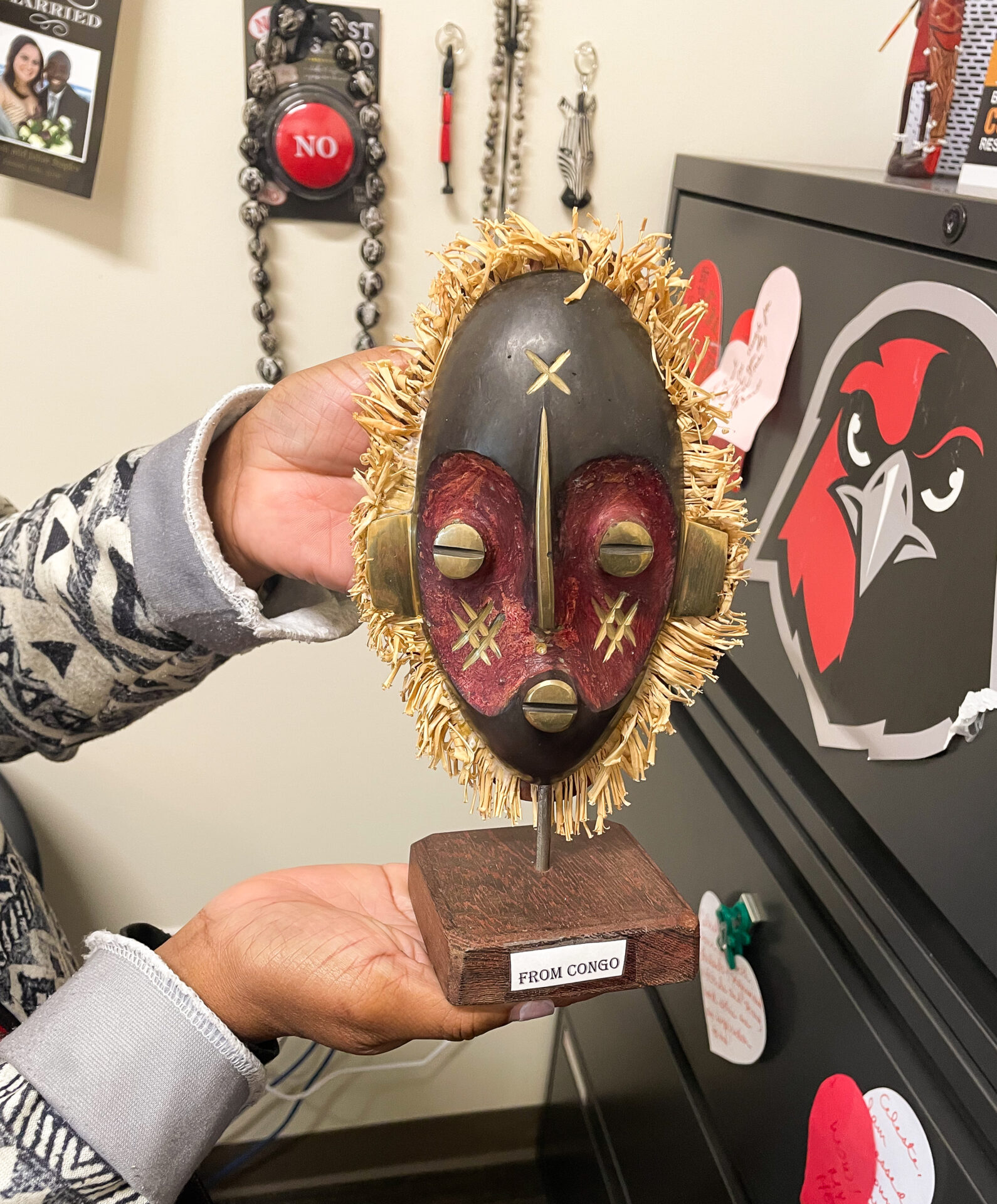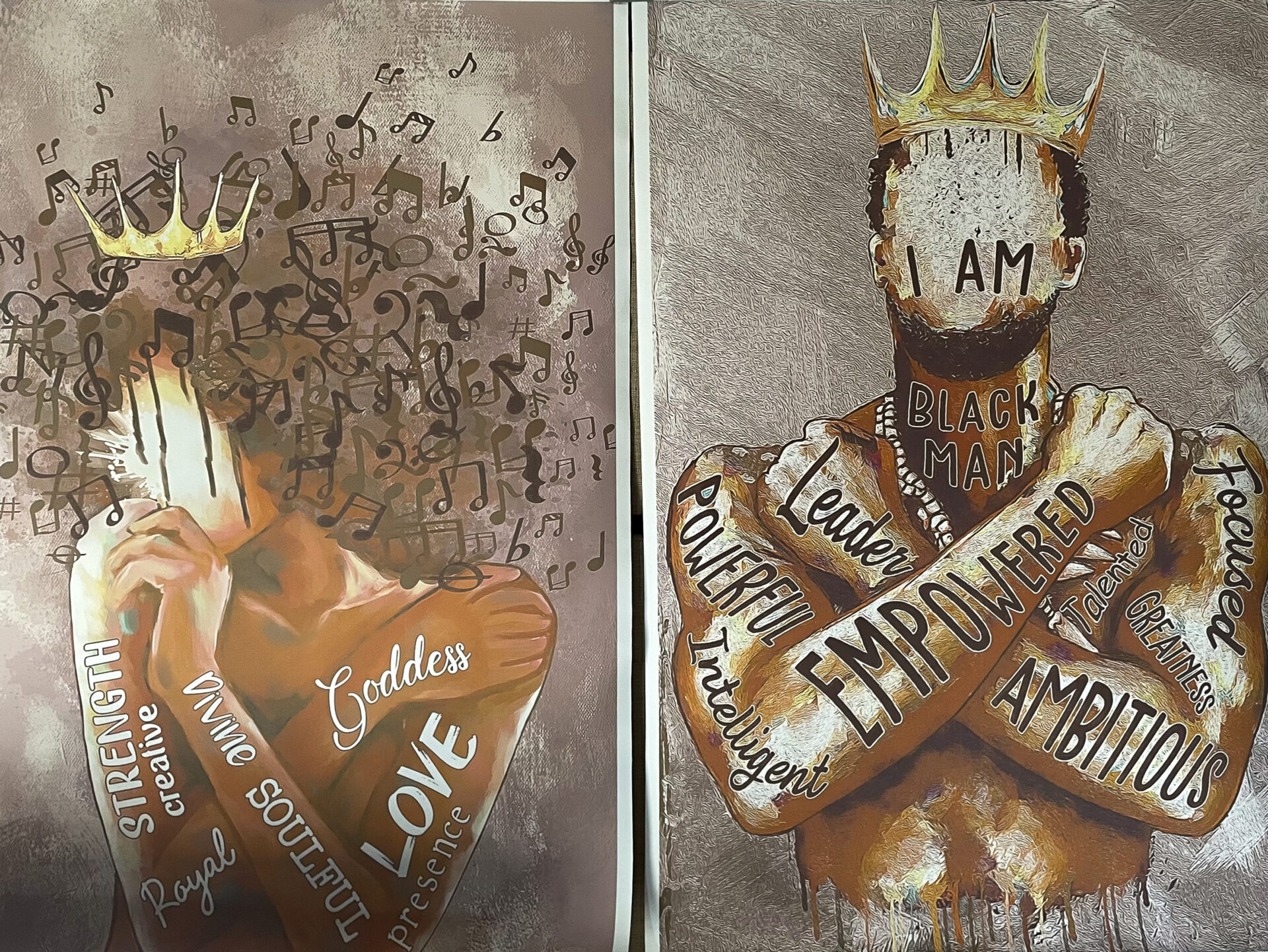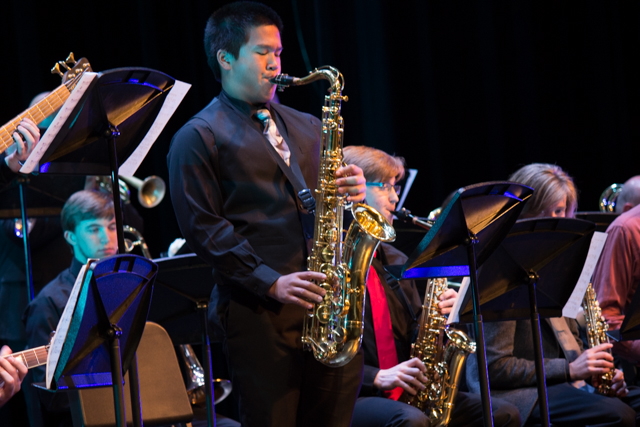Professors acknowledge the marginalization of African American art in American history per the passing of Black History Month
It’s in the American language. Film. Literature. Poetry.
Contemporary authors Colson Whitehead and Brit Bennett wrote mid-20th century novels “Harlem Shuffle” and “The Vanishing Half.” Artist Barbara Jones-Hogu created “Unite.”
Black expression is everywhere in America’s history. But it isn’t lent the same love in college curricula, much less K-12. There isn’t a shortage of great historical Black art either, like “Their Eyes Were Watching God,” by Zora Neale Hurston, which pointed out racial disparities during the Harlem Renaissance.
But Hurston’s work, which depicted dialogue in rural African American dialects, was condemned by early 19th-century critics for being “improper,” leading her to not gain acclaim until centuries later.
Black professors and faculty and Las Positas want to bring art from voices like Hurston to students. In light of Black History month, from Feb. 1 to March 1, professors say it is important to understand the marginalization of African American works.
“Black history is important to talk about because it’s American history,” said Jerry Bailey, adjunct professor in the business department.
Bailey is a part of the Black Education Association, or BEA, and is available as a resource to students, despite whether or not they may or may not take his classes.
“A lot of times in the past, Americans–the bigger society of America–have disregarded or not highlighted how African Americans have been impactful here in the U.S. and so it’s part of our story as Americans. America is the mixing bowl,” Bailey said.
Black History Month, celebrated all year, gives Americans an opportunity to learn about our collective history.
“When our ancestors were enslaved, we were stripped from our culture, our language, our families and a piece of our history is not taught in the standard history books. Kids growing up from K-12 typically don’t get that history,” said Celestine Wright, senior counselor assistant and BSU advisor.
Black History Month shouldn’t be the only time to talk about this history.
“It’s important at least having that one month, and it doesn’t stop there, but at least dedicating that time to educate as many people as we can about black culture,” Wright said.
Learning from others and other available resources about Black history is important to counteract the neglected state of modern American history.
Although the slave trade, among a few other things, is more commonly covered in modern curriculum and art, a large portion of Black history is not usually included.
Many artists of past eras were unable to even claim credit for original works designed to express history and emotion.
“It’s really interesting to think about the works of art as far as African American contribution here in the U.S. and their ability to monetize their art. I think whether it’s been music, literature, or dance, African Americans have largely not been able to monetize their art,” Bailey said.
Little Richard, Willie Mae “Big Mama” Thornton, Richard Berry, Bob Marley and Eric Donaldson are all examples of African Americans who got ripped off.
“Artists create these beautiful works of art and they are plagiarized or hijacked. Another culture or community or group of persons are actually able to monetize and get ownership of the artistic expressions,” Bailey said.
In fact, many famous idols such as Pat Boone, Elvis Presley, the Kingsmen, Eric Clapton and the Rolling Stones, among many others, stole the works of African American individuals.
“Elvis is celebrated as one of the most amazing musical artists of the 20th century, and he stole his style, sound, and even his lyrics. (They) were taken from black artists and he made a ton of money,” Bailey said.

The Black Cultural Resource Center features a large sum of artwork to inspire, empower and educate. There are two faceless art pieces, with no author, posted near the entrance. They probe observers to interpret them uniquely. They also indicate a changing era in which authors are less afraid of plagiarism.

The twin pieces offer inspirational affirmations and powerful emotions, and both works feature unique twists such as the female with music in her hair.
“When we were enslaved and taken then we began to lose our identity and we began to be mixed with this and that.You have to do your DNA to really see who you are. So now it’s faceless, you’re faceless because you don’t truly have a true identity, because we are African Americans…That created us to be strong,” Wright said.
Las Positas offers many resources for students to learn more about Black history. These include, but are not limited to, the Black Cultural Resource Center, the A2Mend club, the Black Student Union club and the library resources.
The Black Cultural Resource Center is a study and work center simultaneously being the home base for the Black Student Union and A2Mend, both being African American clubs.
The library is another safe study center and stage for poetry with many other works of literature and poetry credited to Black authors.
Landon Jansen is a staff writer for the Express. Follow him @landonjanseeen




